Description
The Sunflower, scientifically known as Helianthus annuus, is a vibrant and iconic flower celebrated for its bright, cheerful appearance and impressive size. Characterized by its large, round bloom, the Sunflower features a central disc filled with tiny, densely packed florets surrounded by bold, golden-yellow petals that radiate outward like the rays of the sun. This structure gives the flower its name and distinctive sun-like appearance.
The central disc of the Sunflower, often brown or dark in color, is composed of hundreds or even thousands of tiny individual flowers, known as florets, each capable of producing a seed. These florets gradually mature into the Sunflower’s seeds, which are not only edible but also highly nutritious. The seeds are housed in a spiraling pattern, following the Fibonacci sequence, which adds to the flower’s natural geometric beauty.
Sunflowers can grow to impressive heights, often reaching 6 to 10 feet, with some varieties growing even taller. The sturdy, rough-textured stems support the large blooms, which can measure up to 12 inches in diameter or more. The leaves of the Sunflower are broad, heart-shaped, and rough to the touch, adding to the plant’s robust and hardy appearance.
One of the most remarkable features of the Sunflower is its heliotropism, especially in the bud stage, where the flower head follows the movement of the sun from east to west throughout the day. This behavior not only maximizes the plant’s exposure to sunlight but also symbolizes positivity, energy, and warmth.
Sunflowers have deep symbolic meanings across cultures. They are often associated with adoration, loyalty, and longevity. Their bright, sunny appearance makes them a popular choice for uplifting and cheerful floral arrangements, often symbolizing happiness and optimism.
In addition to their ornamental beauty, Sunflowers are valued for their practical uses. The seeds are harvested for food, oils, and bird feed, while the flowers themselves are often grown for aesthetic purposes in gardens and landscapes.
Sunflowers thrive in well-drained soil and full sunlight, blooming in late summer to early autumn. Their striking appearance and ability to attract pollinators make them a favorite in both domestic gardens and larger agricultural settings. Whether standing tall in a field, brightening a garden, or adding a burst of color to a bouquet, Sunflowers embody a sense of joy, resilience, and the enduring beauty of nature.

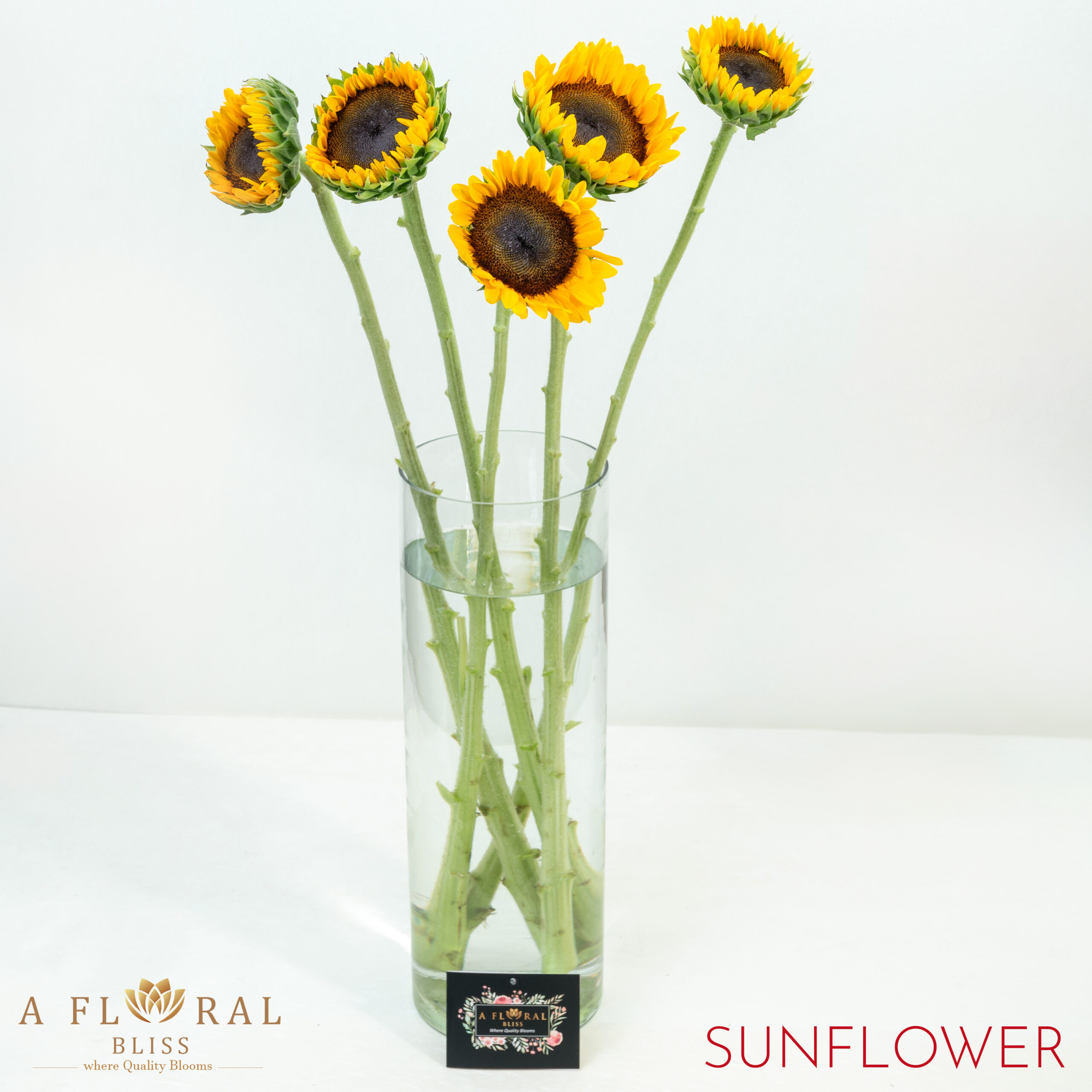


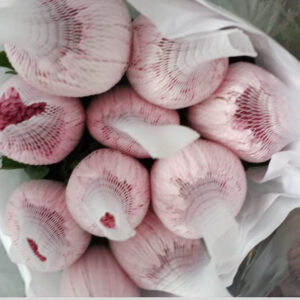
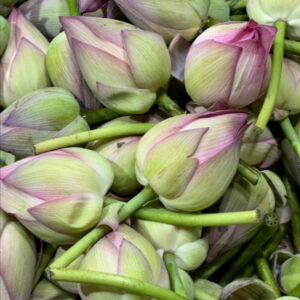
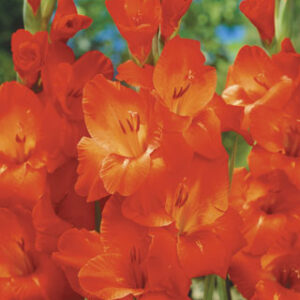
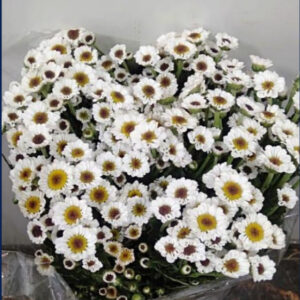
Reviews
There are no reviews yet.